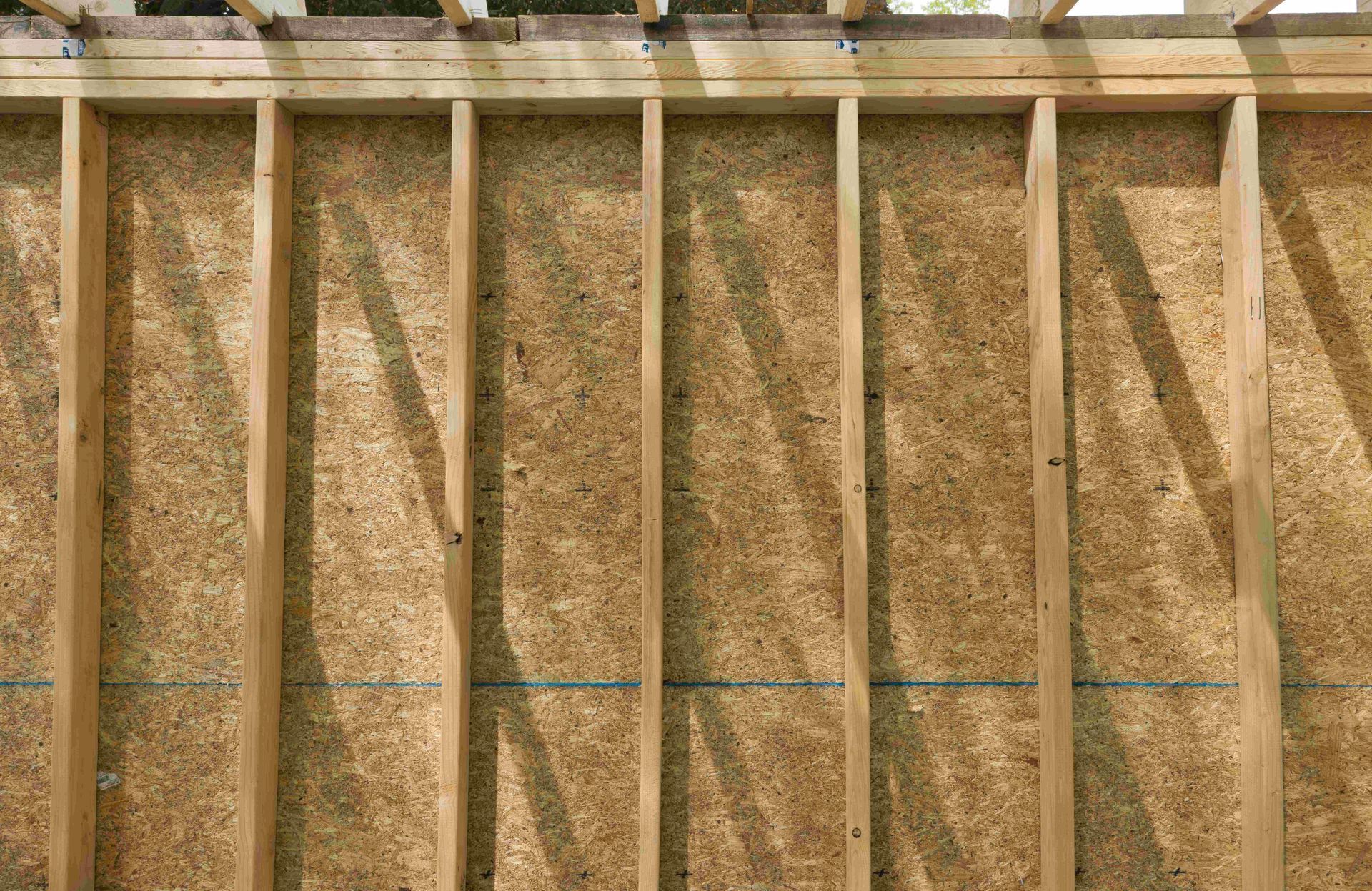The Science Behind Spray Foam Insulation: How It Works and Why It's Effective
At Next Generation Foam, we take great pride in offering our clients the most advanced and efficient insulation solutions available. One such innovation that has revolutionized the industry is spray foam insulation. Let's dive into the technical aspects of spray foam insulation, shedding light on its chemical composition and application process, and how they contribute to its exceptional thermal performance and air sealing capabilities.
Spray foam insulation is a two-component system comprised of isocyanate and polyol resin. When these components are combined in a precise ratio during the application process, a chemical reaction occurs, transforming the liquid mixture into a cellular foam. The reaction is rapid, and within seconds, the foam expands and adheres to surfaces, filling every nook and cranny.
Chemical Composition: The Secret to Superior Insulation
Spray foam insulation is a two-component system comprised of isocyanate and polyol resin. When these components are combined in a precise ratio during the application process, a chemical reaction occurs, transforming the liquid mixture into a cellular foam. The reaction is rapid, and within seconds, the foam expands and adheres to surfaces, filling every nook and cranny.
Closed Cell Foam:
- The cellular structure of closed cell foam is compact and dense, providing exceptional rigidity and strength.
- The closed cells are filled with a gas, making the foam an efficient insulator.
- With a high R-value per inch, closed cell foam offers superior thermal resistance, making it ideal for areas with limited space but requiring maximum insulation.
Open Cell Foam:
- Open cell foam has a spongy, softer texture, characterized by interconnected air pockets.
- While it has a lower R-value per inch compared to closed cell foam, open cell foam provides excellent sound absorption and is an effective air barrier.
- Its flexibility and ability to expand significantly make it perfect for insulating irregularly shaped spaces.
The Air Sealing Magic of Spray Foam Insulation
The magic of spray foam insulation lies in its ability to create an airtight seal wherever it is applied. Unlike traditional insulation materials like fiberglass or cellulose, which can leave gaps and seams, spray foam fills every void, no matter how small or hidden. This air sealing prowess has a profound impact on a building's energy efficiency and indoor comfort.
By sealing gaps and cracks, spray foam insulation prevents conditioned air from escaping and outdoor air from infiltrating. This minimizes heat transfer between the inside and outside of your home, effectively reducing the workload on your heating and cooling systems. As a result, your home remains comfortable year-round, and you enjoy significant savings on your energy bills.
Professional Application: The Key to Optimal Results
To unlock the full potential of spray foam insulation, proper installation is crucial. Our expert technicians at Next Generation Foam are extensively trained and certified in the application process. They know precisely how to mix and apply the foam, ensuring the correct density, coverage, and curing time for maximum effectiveness.
Conclusion:
At Next Generation Foam, we believe in the power of knowledge and understanding when it comes to spray foam insulation. The precise chemical composition and application process creates a reliable, energy-efficient, and airtight barrier that enhances thermal performance and indoor comfort. If you're ready to experience the benefits of spray foam insulation, trust our team of professionals to deliver the best results and transform your home into a cozy, energy-saving haven. Contact us today and take the first step towards a more comfortable and sustainable future.
Let’s talk about your project
Fill in the form or call to set up a meeting at (715) 255-2632

In recent years, the conversation around sustainability has permeated nearly every industry, and foam manufacturing is no exception. As consumers become increasingly conscious of their environmental footprint, there's a growing demand for products that not only meet their needs but also align with their values. In response, the foam industry has been undergoing a transformation, embracing innovation to create eco-friendly solutions that deliver on both performance and sustainability.

Determining the right amount of spray foam insulation is crucial for achieving optimal energy efficiency and comfort in buildings. In this comprehensive guide, we'll delve into the factors that influence insulation thickness and provide detailed guidelines for calculating the inches of spray foam needed.

